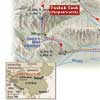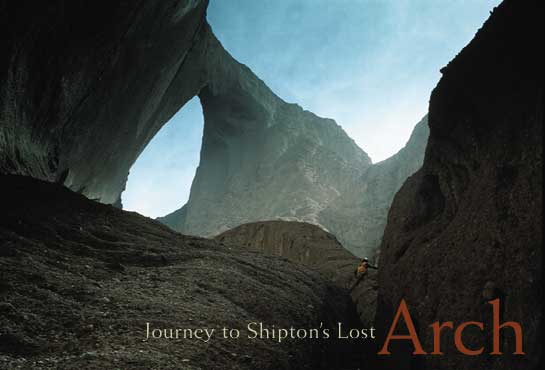Get a taste of what awaits you in print from this compelling excerpt.
For years I had read Shipton's gripping accounts of mountain adventure from the Alps to East Africa, from Mount Everest to the untraveled glaciers of the Karakoram. I marveled at his achievements and admired his spirit.
Born in 1907, by age 22 Shipton had logged the first ascent of Nelion, one of Mount Kenya's twin summits. In 1931 he and five companions were the first to summit 25,447-foot (7.756-meter) Mount Kamet in northern India, at that time the highest peak ever climbed. In 1933 he climbed within a thousand feet of the top of Mount Everest and later pioneered the route that Edmund Hillary and Tenzing Norgay used to reach the summit in 1953. He didn't make a big fuss—he just climbed and explored everything in sight. Before he died in 1977, he set standards and laid out dreams for others to pursue.
People liked Eric Shipton. He made friends easily and kept the ones he made. Although he married only once, many women were drawn to him. Admirer Beatrice Weir was just 17 when she met him at a garden party in India. "Suddenly," she later said, "there appeared this extraordinary brown-faced man, fairly small, with strong legs and a strong body, a shock of hair and slightly weak chin. He had blazing blue eyes everyone used to talk about; he just sat and looked. It was indefinable. I melted like an ice cube."
Yet there was something distant about him, as if he held an important part of himself in reserve, as remote and wild as the mountains he loved so much. His greatest pleasure came from journeys into unknown, unmapped terrain, and he preferred to take the simplest way possible. Dismayed by the massive scale of a typical Everest expedition, he scorned the small town of tents that sprung up each evening, the noise and racket of each fresh start, the sight of a huge army invading the peaceful valleys.
Instead, Shipton and his climbing partner, Bill Tilman, joked that "they could organize a Himalayan expedition in half an hour on the back of an envelope." Unusual in the 1930s, their no-frills style has since become the standard—lightweight, low impact, self-propelled, culturally sensitive, and motivated by the sheer joy of exploration.
Get the whole story in the pages of National Geographic magazine.






 Click to ZOOM IN >>
Click to ZOOM IN >>
 Click to ZOOM IN >>
Click to ZOOM IN >>
 Click to ZOOM IN >>
Click to ZOOM IN >>
 Click to ZOOM IN >>
Click to ZOOM IN >>
 Click to ZOOM IN >>
Click to ZOOM IN >>
 Map of Western China
Map of Western China










